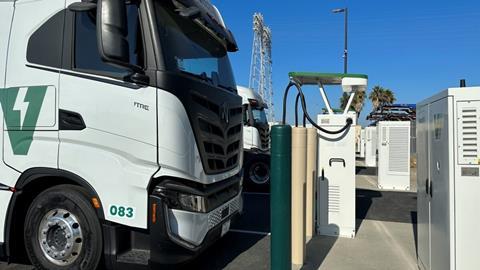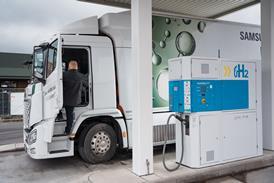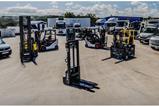WattEV marked the opening of its first-ever public truck charging depot at the Port of Long Beach, California. Unlike typical megawatt charging depots, which are typically restricted to specific fleets, WattEV’s new facility welcomes all users.

Salim Youssefzadeh, the founder and CEO of WattEV, highlighted the company’s tangible progress in building infrastructure, saying, “Many competitors have talked about infrastructure, but we have actually deployed equipment on the ground.” He further revealed additional sites are planned for the current year, extending up to the Sacramento area, though specific details have not been disclosed yet.
WattEV’s operational model revolves around a relay system. For example, if a Truck-as-a-Service (TaaS) customer has a route from Long Beach to Hesperia, they can utilise the charging station on-site to swap trucks as they progress on the journey.
The company has acquired its initial fleet of Nikola Tre battery electric trucks, capable of covering up to 300 miles between charges. WattEV secured over $20 million in grants for both the trucks and the charging infrastructure, with more funding expected through a Series A fundraising round, albeit slightly delayed.
WattEV’s persistence and coordination with the Port of Long Beach and Southern California Edison allowed it to complete the Long Beach facility in just 14 months. The depot currently offers five megawatts of charging capacity, capable of simultaneously charging 26 trucks at 180kW. Future expansion plans aim to reach approximately 8mW of power and stored energy to meet peak charging demands.


















